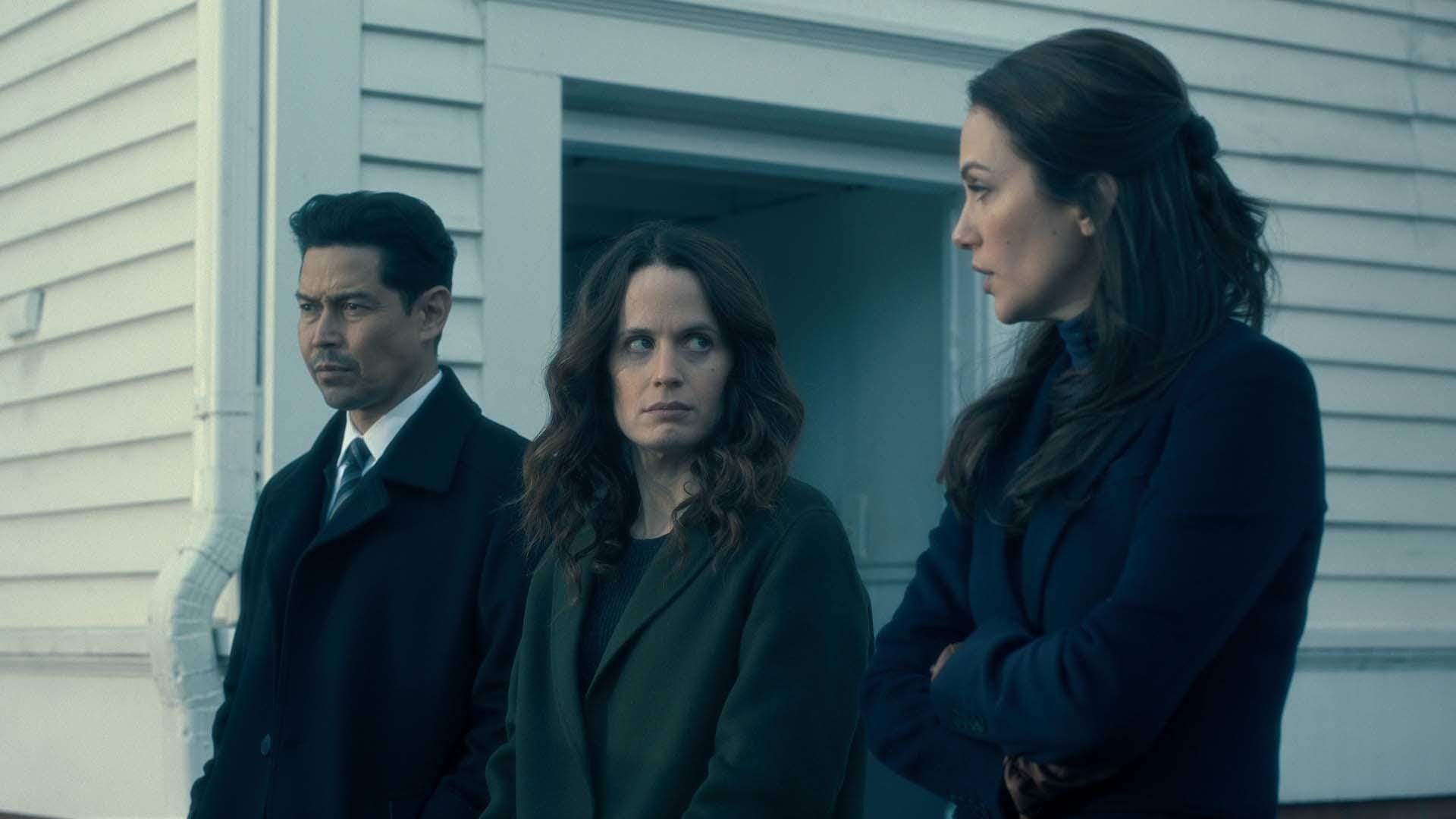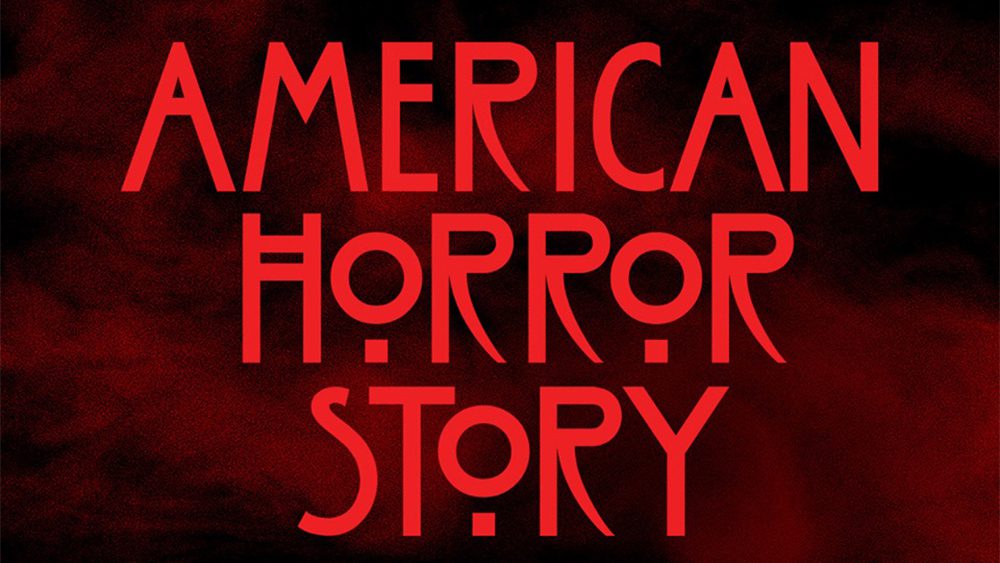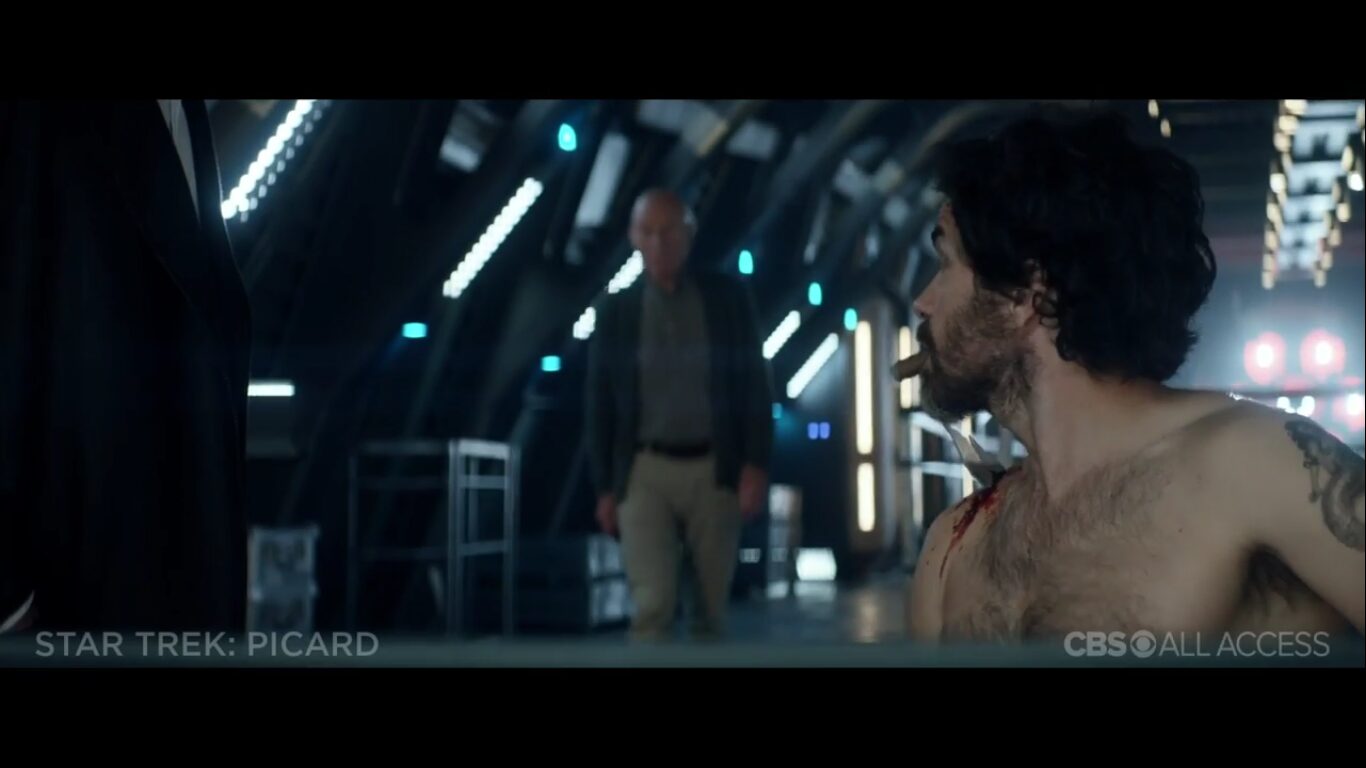There is so much loss in the world. All of existence is built on the bones of sorrow, yet we are still unable to comprehend grief. When someone dies, it’s as if part of your world has been erased; you lack the words you used to use, the senses through which you understood what is now gone. They will never come back. Loss is an ephemeral, lightless thing, not darkness, but absence. It’s difficult to describe, and even harder to visualize. That’s what makes “Open Casket,” and Elizabeth Reaser’s performance therein, so revelatory. The Haunting of Hill House, only two episodes in, is not only the scariest show on the air, but one of the smartest and most humane. There is a deep vein of feeling here, and director Mike Flanagan mines it with aplomb. The synchronicity between Flanagan’s direction and Reaser’s performance is awe-inspiring.
“We’re all stories, in the end,” Shirley Crain tells a young boy who doesn’t want to look in his grandmother’s open casket. It’s an understandable reaction – from both of them. Shirley’s life was plastered all over tabloids after her mother’s death, literally becoming a story. But Shirley doesn’t speak from world-weary cynicism; no, what shines through from Reaser is Shirley’s compassion, and the importance of it in a time like this. It also humanizes her. Shirley insists on preparing Nell’s body herself, brooking no argument. When left alone with Nell, with the reality of inconceivable loss, she crumbles. It’s a small moment – Shirley just catches her breath and looks away from Nell and into the corner. But it’s one of the most human moments in this episode.
“Open Casket” is more focused on grief than it is horror, but it isn’t less effective for that. The Haunting of Hill House is a family drama hermit crabbing inside of a horror story. Flanagan asks where one ends and the other begins; the show visualizes this with its seamless cross-cutting between past and present (echoes of the brilliant editing in this summer’s Sharp Objects). The past informs the present, and the present is a kind of persistent echo. When Shirley finds the five kittens in the shed, we know it won’t end well, but we fear not the horror to come, but the heartbreak.
The symmetry is plain: five kittens, without a mother. They might as well be named Shirley, Nell, Theo, Steven, and Luke. One by one the kittens die. After the first death, we’re treated to one of Flanagan’s more gruesome images, as an insect crawls out of the cat’s mouth. “Kittens aren’t supposed to be without their mommy,” Olivia Crain tells her daughter, her hat shading her face like a funeral veil. The idea of what is supposed to happen is ever-present, in both the show and real life. But life doesn’t care about what’s supposed to happen; life is a dervish catching us all in its wake.
One of Flangan’s masterstrokes in Hill House is the way he can center episodes around an individual character – Steven last episode, Shirley here – without losing sight of his overarching story, or underusing his terrific ensemble. “Open Casket” has a simmering undercurrent of dread throughout, and Flanagan excels at forcing us to look in the corners of his shots, sure that something is hidden there. Most effectively, Flanagan continues to deepen the mystery of the house. Mr. Dudley is cagey about the red room, insisting he doesn’t have a key to it. When Shirley and Nell try to get in, they leave disappointed, and the a shadow appears in the crack of light at the door’s bottom. The children hear dogs at night, but are assured that there are no dogs anywhere around the house. Seeing the house in the daytime is oddly surreal; at night, it has the geography and contours of a nightmare, but in the day, we’re faced with the reality of…well, reality. This house is real. The things happening inside it are, too.
Carla Gugino (so good in Flanagan’s Gerald’s Game) is the emotional anchor of the flashbacks, and she rises admirably to the occasion. She tries to comfort Shirley about the kittens and fails. Hill House derives a lot of tension from its unadorned emotionality. Human emotion is ugly and awkward, and some of the most wrenching scenes in “Open Casket” are just conversations between two characters, such as Olivia’s fight with Hugh, or Shirley telling Luke to leave Nell’s wedding. In a ironic and deeply sad scene, Olivia is drawing up plans for the house they’ll buy with the proceeds from Hill House – their “forever house.” Except, Hill House is their forever house now. Olivia will die there, and the rest of her family will be inextricably linked to it. In the present-day scenes, The Haunting of Hill House is a horror show; in the flashbacks, it is a tragedy.
“Open Casket” might not move the present-day story forward all that much, but that’s to its point. We learn more about Shirley’s past in this episode than her present, which is exactly what Flanagan is going for: the thin line between the two. Just because you’re elbow-deep in your sister’s viscera doesn’t mean your sister is gone. Soon she’ll look just like that photo from her wedding day, as she lies in her open casket. There is really no escaping your past; it just bleeds into your present. In the last shot, the camera lingers on Shirley’s office, and the model she has of the forever house. The porch lights blink twice. It’s time to come home.
4.5/5
A Few Thoughts
- Nice touch, having Theo read The Lottery. Read Shirley Jackson, everyone!
- Some wonderful macabre imagery in this episode, especially the wasp’s nest built around an old Halloween mask. Reminiscent of a character from Stephen King’s The Girl Who Loved Tom Gordon.
- Flanagan does a great job of making his ghosts both literal and metaphorical. “Ghosts,” as someone like Steven understands them, are just memories. But ghosts in this world are very real. Sometimes, like with the boy’s grandmother, they sit on the edge of your bed, watching you. Decaying. Ghosts are just as alive as we are.






